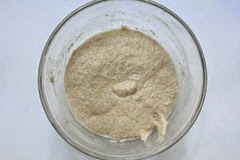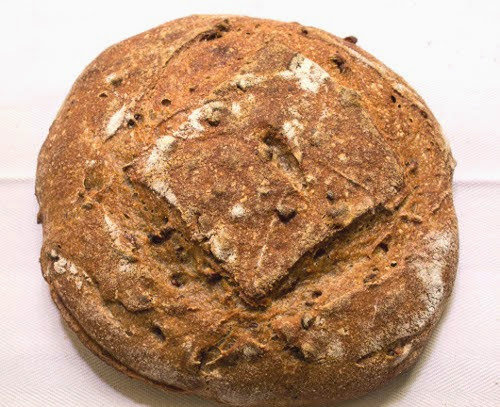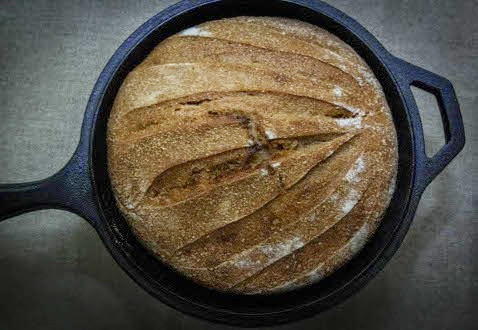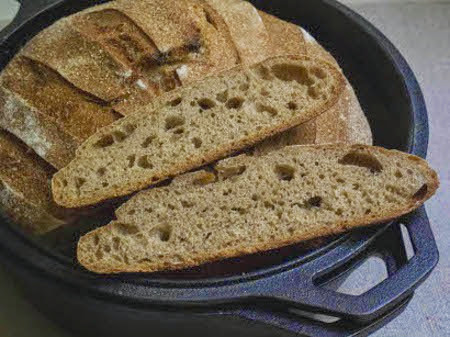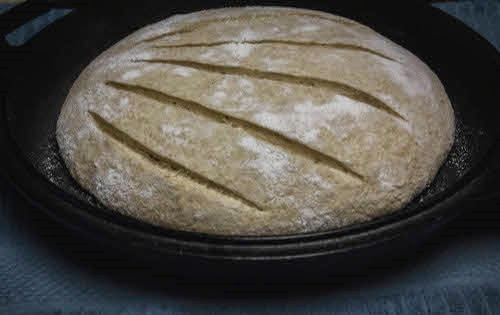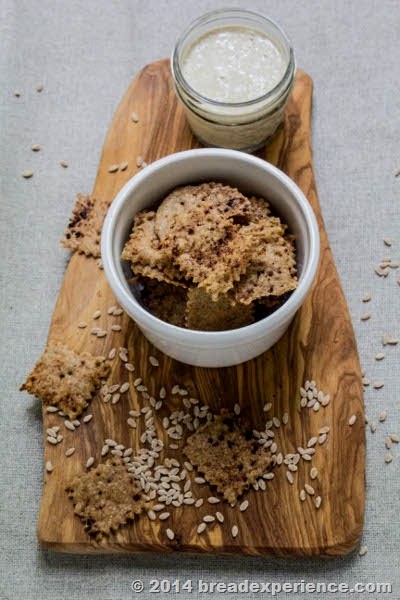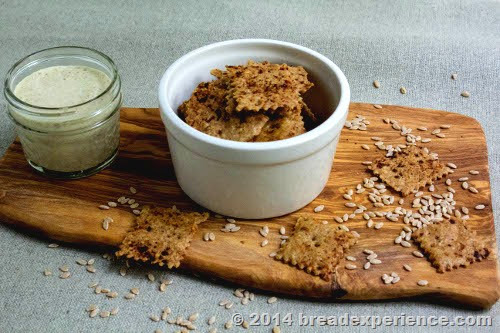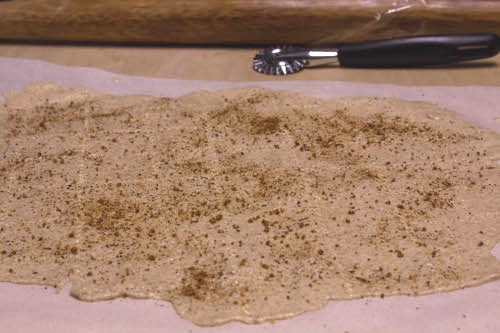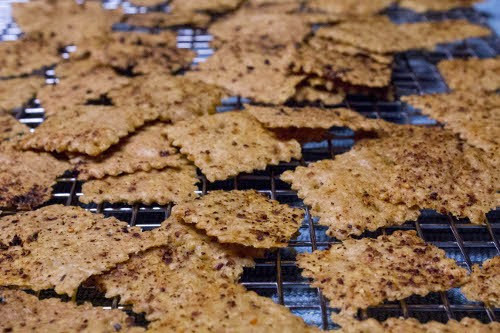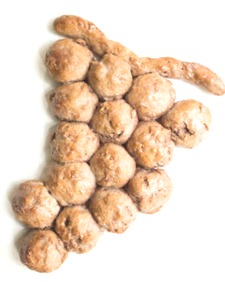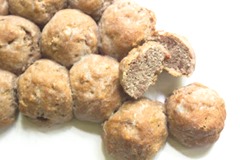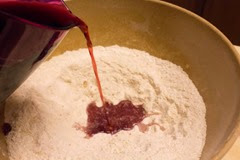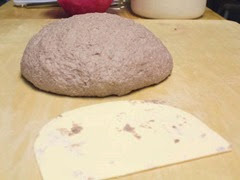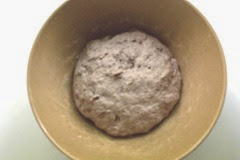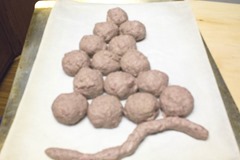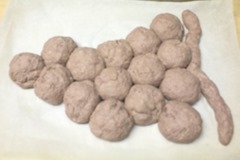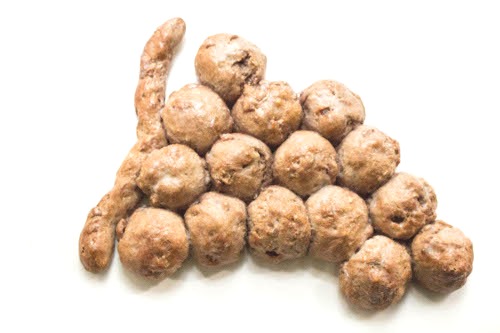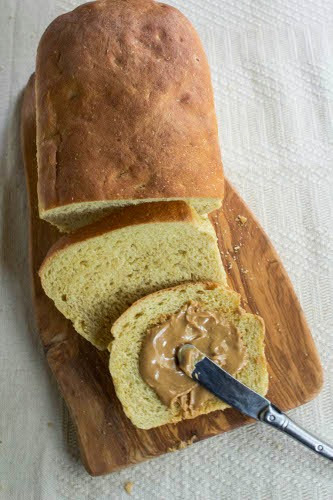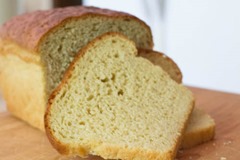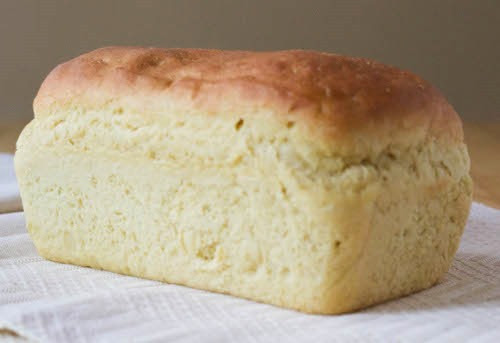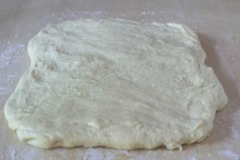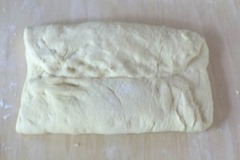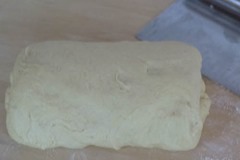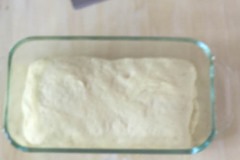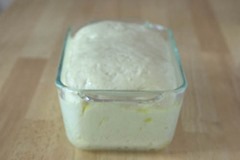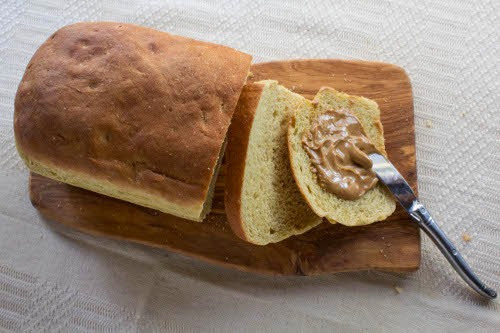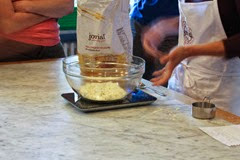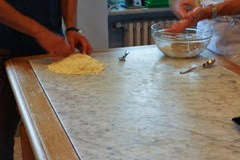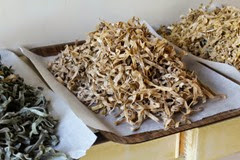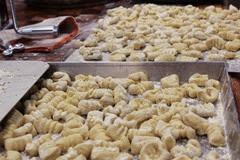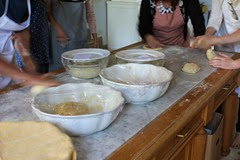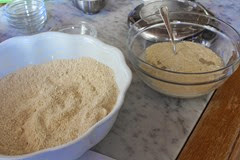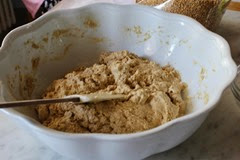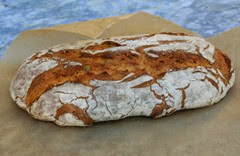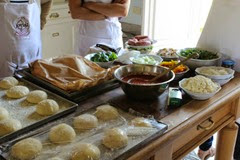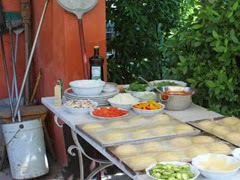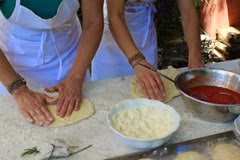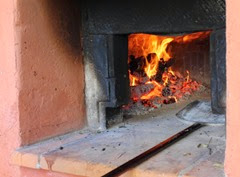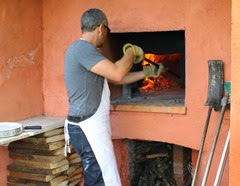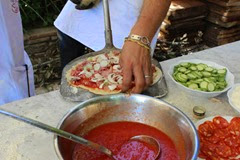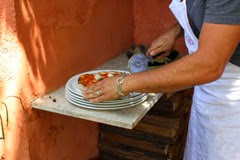The theme for Bread Baking Day #69 is Regionale Brote / Local breads. The host of this month’s challenge, Thomas from Der Gourmet, invited us to bake modern breads with adventurous names, or old classics, or perhaps breads that have been forgotten.
He reminded us that each region has its own charm and this brings with it great breads. He mentioned breads like Paderborner, Basel bread, Munich house bread, and SF Sourdough as examples.
None of those breads are from my region. In the Southern region of the U.S., we are known for biscuits and cornbread, both charming in their own rite, but not too adventurous, or yeasted for that matter. It was time to get creative.
As I was pondering what bread to make for this challenge, I remembered that Pain de Pecan was the BOM (Bread of the Month) for the Artisan Bread Bread Bakers FB Group. Well now, if there is anything more local to Georgia than pecans, I don’t know what it is, except maybe peaches.
I grew up in metro Atlanta, but both of my parents are from South Georgia. My grandparents on my dad’s side had huge pecan trees growing in their yard. When we visited them, we would gather the nuts that were scattered around the yard and bring home big brown grocery bags full of pecans. They were whole pecans so we had to shell them, but that was part of the fun. We didn’t know how good we had it back then getting loads of pecans so cheaply.
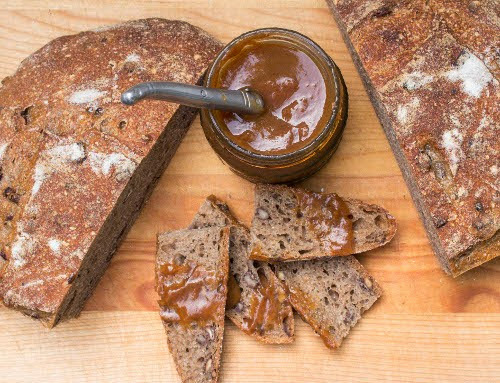 Rustic Pain de Pecan with Homemade Spicy Peach Butter
Rustic Pain de Pecan with Homemade Spicy Peach Butter
I wanted this loaf to be a truly local/regional bread so in addition to the pecans, I used Bolted Red Fife Bread Flour milled at Anson Mills in South Carolina, and Hard Red Spring Wheat milled in my kitchen. I think flour milled in your own kitchen is about as local as you can get unless of course, I grew the wheat myself.
Rustic Pain de Pecan
Makes: One Loaf
Adapted from: David of Hearthbakedtunes 75% hydration loaf
Sourdough Build:
- 120g Water *
- 114g Home-milled whole wheat flour (from Hard Red Spring Wheat)
- 22g Levain (sourdough) **
Final Dough:
- 277g Water, hold back 25g for mixing with salt after autolyse *
- 228g Red Fife Wheat Bread Flour (hand milled style rustic)
- 114g Home-milled Whole Wheat Flour
- 9g Salt
- 90g Pecans, toasted until fragrant
* Home-milled flour absorbs more water so if you make this bread using commercially-milled whole wheat and bread flour, you’ll probably need less water. The original recipe is 75% hydration, my version is more like 87% hydration.
** I used my apple starter, but you can use any kind of sourdough starter for this bread. Just make sure it’s been fed and ready to go. Refer to this post on how to activate a starter or feed your starter according to your feeding schedule.
Make the Sourdough Build:
Combine the water and levain and mix until combined, add the whole wheat flour and mix again until a single consistency is formed. Cover, and allow to rest in a warm place 8-10 hours.
It can take up to 12 hours for the sourdough build to be ready to use. To test for doneness, take a spoonful of the levain and drop it in a glass of water. If it floats, it’s ready, if it sinks to the bottom, let it ferment a little longer.
Autolyse:
Combine the flour and water and starter and stir until combined but still somewhat shaggy. Allow to rest for 30-40 minutes.
Add the salt and 25 grams water. Knead it into the dough by hand for about 8-10 minutes. After about 6-7 minutes add the pecans and knead until combined. Place the dough in a clean bowl, cover and let rest for 2.5 hours. Fold the dough in thirty minutes increments (four folds total).
Proof the Loaf
Ease the dough out of the bowl onto a floured working surface. Preshape the dough into a boule, let it rest 30 minutes. Then shape the dough into a tight round loaf and place it seam side up in a lined or unlined floured banneton basket. Allow the loaf to proof for two hours.
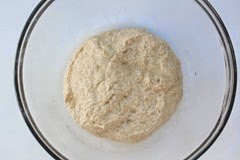 | 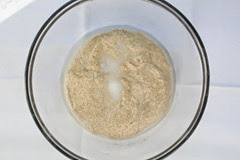 |
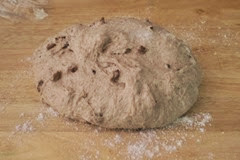 | 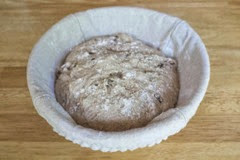 |
Score and Bake the Loaf
Preheat the oven to 500 degrees F. for 40 minutes with the Emile Henry Bread Cloche on the bottom rack.
Take the cloche (lid and bottom) out of the oven and place them both on surfaces where they won’t crack. I use cloth-covered bread boards for this purpose.
Sprinkle the bottom of the cloche heavily with corn meal or corn flour. Gently flip the loaf out of the basket and onto the bottom of the bread cloche.
Score the loaf using the pattern of your choice. Place the cloche bottom in the oven and cover it with the lid. Immediately reduce the oven temperature to 450 degrees F.
Bake the bread with the lid on for 25 minutes. Remove the lid and finish baking 10-15 or until desired crust is produced.
Let it cool completely on a wire rack.
This bread has been Yeastspotted.
Thanks to Thomas from Der Gourmet, for choosing Regionale Brote / Local breads as the theme for Bread Baking Day #69. And many thanks to Zorra for creating this event many years ago.
Happy Baking!
Cathy

